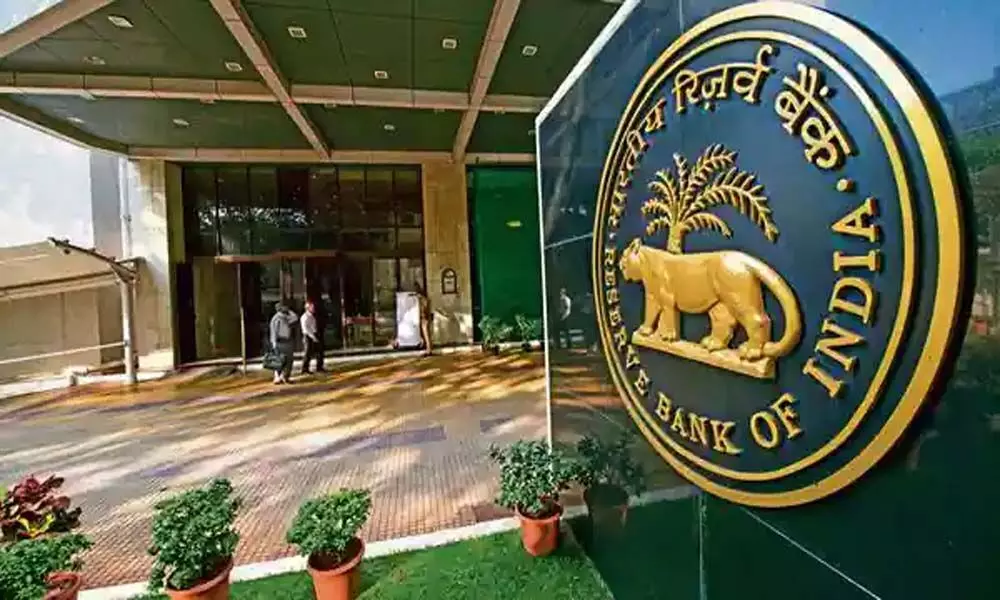RBI is likely to maintain status quo on key policy rates
If analysts are to be believed then RBI is likely to maintain its status quo on key policy rates when its reviews its annual monetary policy tomorrow
image for illustrative purpose

Mumbai If analysts are to be believed then RBI is likely to maintain its status quo on key policy rates when its reviews its annual monetary policy tomorrow.
The monetary policy committee, which is responsible for deciding the key policy rates, which started three-day meeting on Wednesday, will be concluding on Friday.
Shanti Ekambaram, Group President – Consumer Banking, Kotak Mahindra Bank says, "While the expectation is for a status quo policy, in terms of interest rates and stance, what will be important to gauge is the Monetary Policy Committee's assessment on the economy and hence, the path forward from here on. Among a host of factors, it is the durability and sustainability of India's growth curve, in addition to inflation, that will drive its decision making."
In fact, the experts are of the firm belief that the central bank would keep its key policy rates unchanged until the end of the current calendar year or so.
"We expect the accommodative stance of the RBI to continue at least for the next 6-8 months, as normalcy returns. Demand for vehicles in 2021 on a yoy basis had improved, however Since March, demand has been lukewarm. Low interest rates will bring back pent-up demand for the 2 wheeler market. For MSMEs, credit cycles have got stretched and low interest rates will benefit cash flow," YS Chakravarti, MD & CEO, Shriram City Union Finance said.
As per RBI's latest release, weighted average fresh lending rate and weighted average term deposit rate were both flat mom at around 7.8 per cent and nearly 8.2 per cent. Spread between average lending rate on outstanding and fresh loans stands at 130 bps. Most of the spreads data (time or credit risk duration) suggests that spreads have peaked implying lower headroom for NIM expansion. In our view, as lenders get comfortable, benefit from CD ratio expansion would be low as lenders focus on growth at the cost of spreads, a Kotak report says. According to Pankaj Pathak, Fund Manager-Fixed Income, Quantum Mutual Fund, "It is going to be a neutral policy with no change in stance or policy rates. However, the RBI may highlight the current inflation trend as a risk to the existing easy monetary policy. From the market standpoint, we do not expect any exceptional move in either direction. Bond yields have already moved up in the last few weeks, factoring in some hawkish tilt in this policy."
There are signs that elevated inflation numbers in the past 4-5 quarters have started to fuel inflationary expectations. This pressure could increase substantially as the economy opens up, possibly by the end of the year or early next year. Thus, the RBI is running a risk of misjudging the inflation threat. Remember, this had happened after the global financial crisis and caused significant damage to growth momentum then, he added.

